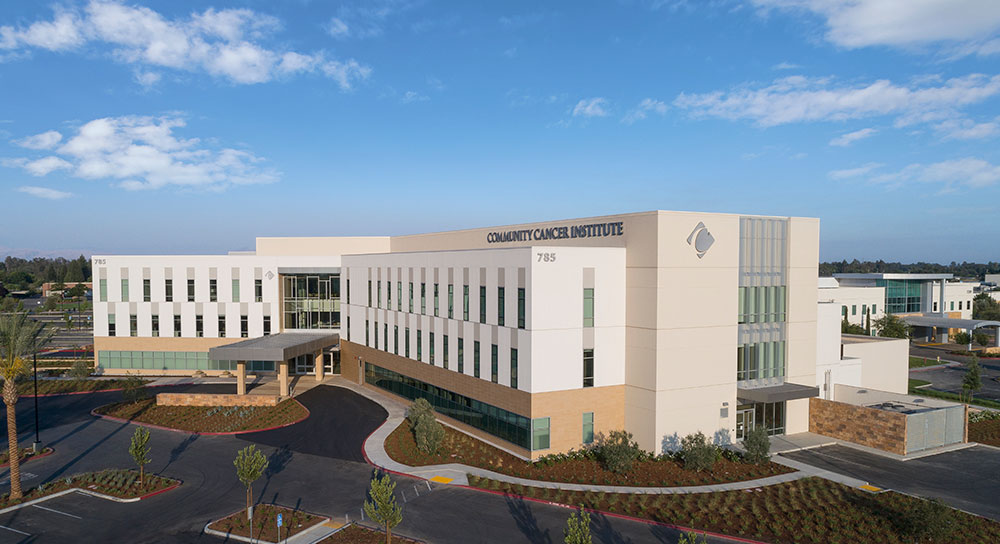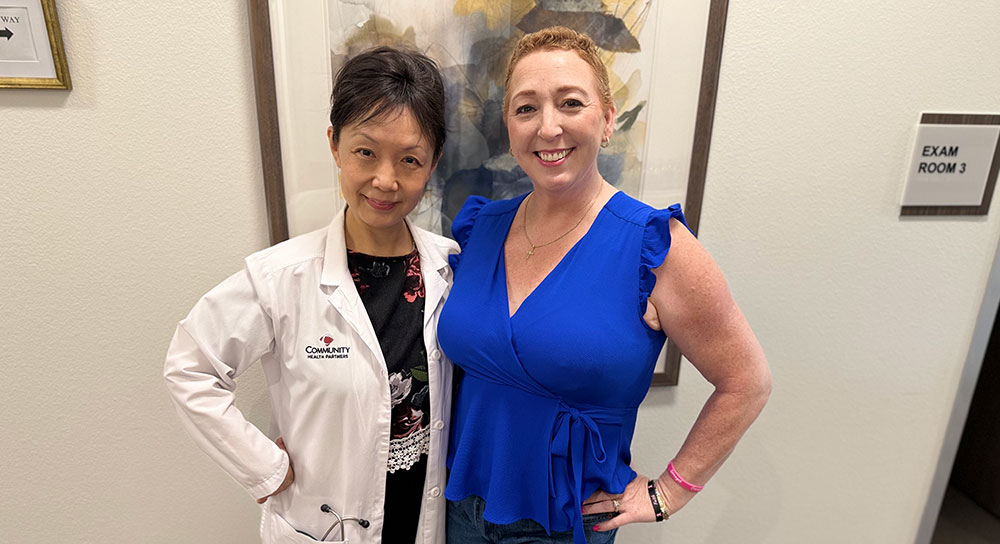Caring for Central Valley families requires more than just medical care. It means working beyond hospital walls to partner with community groups who are feeding the poor and educating immigrants about diabetes, COVID-19 and vaccinations. It means investing to attract the brightest medical minds, to expand horizons for children and to enhance support for patients.
Last year, Community Medical Centers provided $175 million in uncompensated care, medical education, outreach and patient support services to create a healthier Valley for us all. California requires hospitals to invest in the people and communities they serve as part of their nonprofit designation and report it publicly in an annual Community Benefit Report.
Partnerships key to wide-ranging community outreach
Efforts to improve the community’s health status vary from sophisticated medical research that addresses the Valley’s unique health needs to lactation education and support for new mothers. With community benefit funding last year, the healthcare system partnered with Centro La Familia to provide free blood sugar testing, blood pressure checks, retinal eye exams and bilingual health education. Community benefit funding also supported the Fresno Diabetes Collaborative’s website with bilingual resources.
Community partnered with schools in fiscal years 2019 and 2020 to do mental health training for teachers and outreach to parents and students. And community benefit investment last year is helping double the efforts of Fresno Metro Ministry’s Food to Share grocery redistribution program.
Community seeks opportunities to partner with area hospitals to make a greater impact with our investments. One such example is the Fresno Economic Opportunity Commission’s Food Express Bus — a refurbished school bus that provides meals to low-income students during school breaks. The capital funding for the bus transformation was paid in part by Community, Saint Agnes and Valley Children’s Healthcare. In the midst of the COVID-19 public health emergency, the bus served over 100,000 meals to children in southwest and southeast Fresno.
Health needs drive community benefit efforts
Community benefit investments are based on a tri-annual Community Health Needs Assessment done jointly among more than a dozen hospitals in Fresno, Kings, Madera and Tulare counties and facilitated by the Hospital Council of Northern & Central California.
More than 1,000 community members, leaders and key stakeholders representing low-income and vulnerable populations provided primary data through focus groups, one-on-one interviews and an online survey. Primary data is coupled with federal, state and local health status information to identify the regions’ top needs.
Community targets its community benefit investments to address these pressing needs.
More than $1.6 billion invested in last decade
Going beyond the services for patients by providing resources and education that benefit Central Valley families has been a part of Community’s mission for more than a century. Community has historically spent more on uncompensated community benefits than all other Fresno-area hospitals combined, investing an average of 15% of the healthcare system’s operating budget on “community benefit” work.
Since 2011, Community has provided $1.6 billion in community benefit, with the single largest unreimbursed cost being for Medi-Cal patients. Statewide, Community Regional Medical Center had the second highest number of Medi-Cal patients discharged from the hospital.
Community serves as the area’s main “safety net” provider, caring for our region’s most vulnerable populations and providing the only Level 1 trauma center and comprehensive burn center between Los Angeles and Sacramento.
Increasing access through training more doctors, nurses
The second largest portion of community benefit investment last year — $46 million — was on medical education to attract physicians to a region that has the lowest doctor-to-patient ratios in California. Community’s more than 40-year partnership with one of the nation’s top-rated medical schools, UCSF, has encouraged physicians to train — and stay — in the Valley. Community values the teaching partnership with UCSF Fresno Medical Education program and remains fully committed to investing in future physicians to serve our community.
That medical education investment means Valley patients are part of research studies that specifically address regional issues such as how environmental chemicals affect pregnancy and pre-term births or how to test faster for Valley Fever. Local patients also have access to clinical studies like the COVID-19 Remdesivir trial that has helped save lives.
In fiscal year 2020, Community invested nearly $1 million in training student nurses, providing close to 75,000 hours of hands-on, in-service education in the healthcare system’s facilities.
The healthcare system continues to partner with local non-profit organizations and educational institutions to serve the needs of low-income families and children in disadvantaged neighborhoods. Community looks toward future opportunities into the next decade and beyond to strengthen the communities and people it serves.






